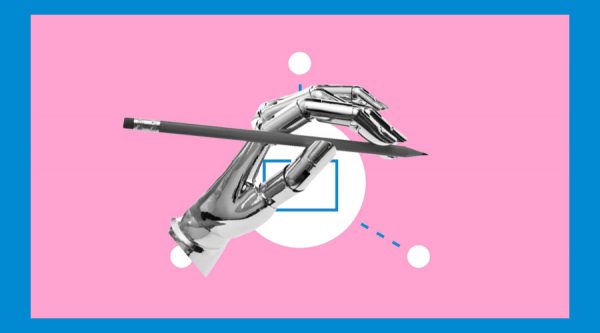Software that translates text or speech from one language into another is known as machine translation. Dr. Peter Toma founded SYSTRAN, one of the first businesses that specialise in machine translation, in 1968.
The U.S. and the European Commission SYSTRAN has been recruited by the Department of Defense for key projects. SYSTRAN provided the technology for Yahoo! Babel Fish and other services up until May 30, 2012. It was utilised by Google’s language tools up to 2007. SYSTRAN is used by the Dashboard Translation widget in macOS.
Automated translation
The fundamental process of machine translation (M.T.) entails the automatic substitution of words from one language for words from another. Since recognition of complete sentences and their closest equivalents in the target language is necessary, this rarely yields a good translation. Additionally, a lot of words have several meanings, and not every term in one language has a counterpart in another. Additionally, corpus statistical and neural techniques are being used to handle linguistic typology variations, translate idioms, isolate anomalies, and produce better translations in order to resolve this problem.
Most of the time, modern machine translation software allows for customisation by industry or profession. In disciplines where the language is formal or formulaic, this approach excels. As a result, machine translation of official and legal documents produces results more quickly than machine translation of speech or less formal content. Additionally, human involvement can result in better work; for instance, certain algorithms translate better if the user can recognise which words in the text are proper names. These techniques have helped M.T. an efficient aid to human translators, and in a few unusual cases, it has even generated output that we could utilise directly (e.g., weather reports).
History
The growth and potential of machine translation have been heavily debated throughout its history. Since the 1950s, a number of academics have questioned whether fully automatic machine translation of exceptional quality is even feasible, most notably Yehoshua Bar-Hillel. In addition, commercial versions of SYSTRAN are supported by Linux, Solaris, and Microsoft Windows (including Windows Mobile). SYSTRAN systems previously had rule-based machine translation (RbMT). With the release of SYSTRAN Server 7 in 2010, SYSTRAN introduced the first hybrid rule-based/statistical machine translation (SMT) technology in the sector. In addition, the business employed 59 individuals as of 2008, including 26 professionals in computation and 15 computational linguists. The employment decreased from 70 employees in 2006 to 59 in 2008.
Conclusion
One of the few machine translation systems to weather the major funding drop that followed the ALPAC Report in the middle of the 1960s was SYSTRAN, which had its origins in the Georgetown machine translation project. The company was established in La Jolla, California, during the Cold War to conduct text translation for the United States from Russian to English. the Air Force A substantial amount of Russian scientific and technical information were translated using SYSTRAN at Wright-Patterson Air Force Base, Ohio, under the direction of the USAF Foreign Technology Division (later the National Air and Space Intelligence Center). The translation quality was usually adequate for comprehending the subject, albeit being only rough. Additionally, the dot-com boom marked the beginning of a new era for the worldwide language market.









